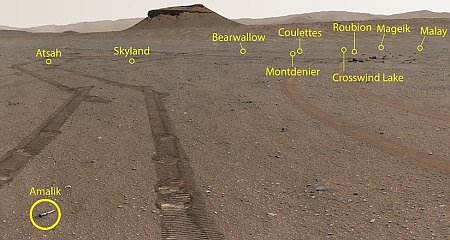Scientists: More evidence cosmic rays come from nearby supernova remnants
The uncertainty of science: According to high energy data from an instrument on ISS, astronomers found more evidence that the cosmic rays that enter our solar system likely come from nearby supernova remnants.
Current theory posits that the aftermath of supernovae (exploding stars), called supernova remnants, produce these high energy electrons, which are a specific type of cosmic ray. Electrons lose energy very quickly after leaving their source, so the rare electrons arriving at CALET with high energy are believed to originate in supernova remnants that are relatively nearby (on a cosmic scale), Cannady explains.
The study’s results are “a strong indicator that the paradigm that we have for understanding these high-energy electrons—that they come from supernova remnants and that they are accelerated the way that we think they are—is correct,” Cannady says. The findings “give insight into what’s going on in these supernova remnants, and offer a way to understand the galaxy and these sources in the galaxy better.”
The results however do not prove this. Nor do they eliminate the possibility that cosmic rays might also come from other sources outside our galaxy. At present the data is simply too uncertain.
The uncertainty of science: According to high energy data from an instrument on ISS, astronomers found more evidence that the cosmic rays that enter our solar system likely come from nearby supernova remnants.
Current theory posits that the aftermath of supernovae (exploding stars), called supernova remnants, produce these high energy electrons, which are a specific type of cosmic ray. Electrons lose energy very quickly after leaving their source, so the rare electrons arriving at CALET with high energy are believed to originate in supernova remnants that are relatively nearby (on a cosmic scale), Cannady explains.
The study’s results are “a strong indicator that the paradigm that we have for understanding these high-energy electrons—that they come from supernova remnants and that they are accelerated the way that we think they are—is correct,” Cannady says. The findings “give insight into what’s going on in these supernova remnants, and offer a way to understand the galaxy and these sources in the galaxy better.”
The results however do not prove this. Nor do they eliminate the possibility that cosmic rays might also come from other sources outside our galaxy. At present the data is simply too uncertain.











